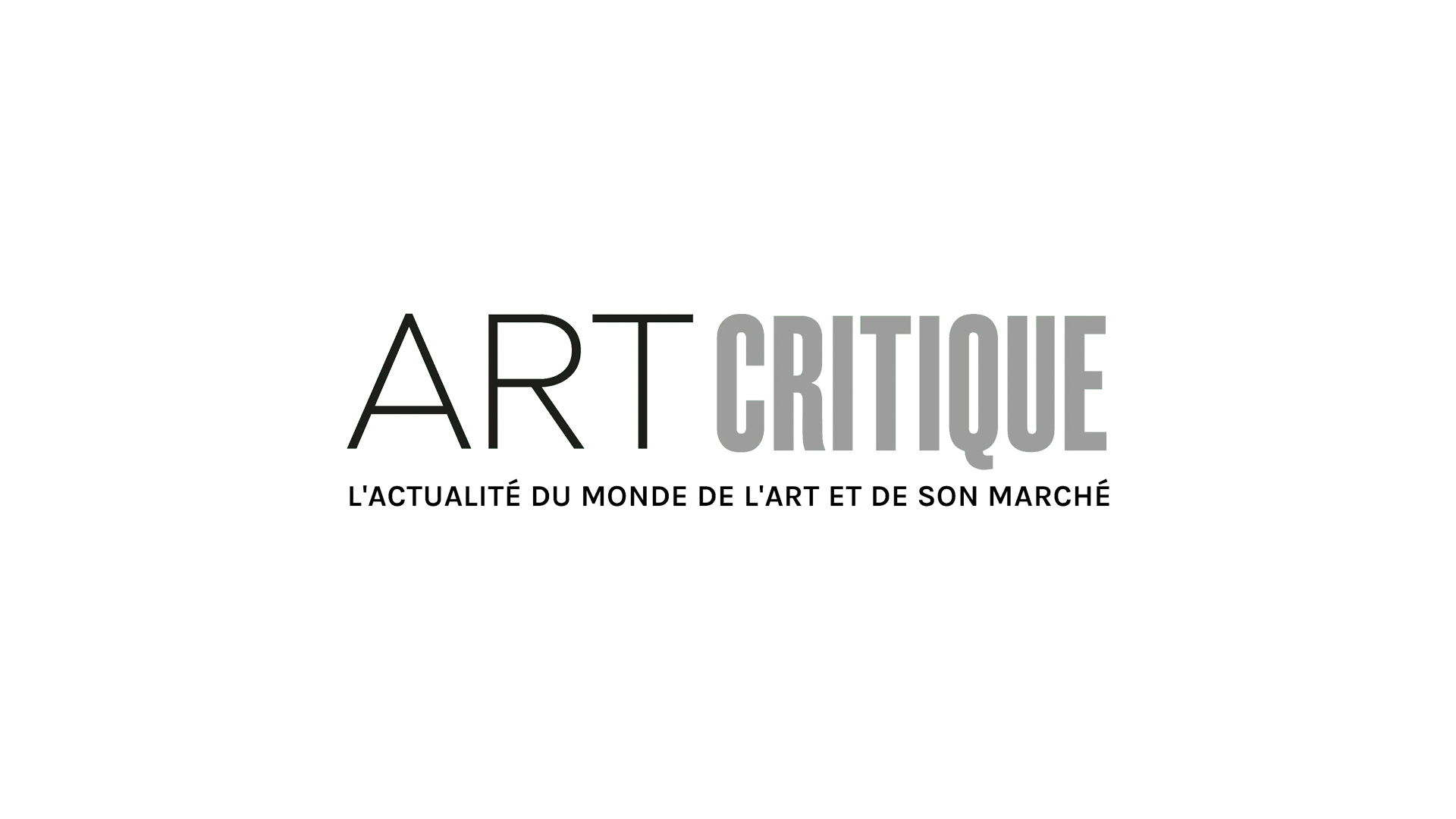Matera, in the heart of Basilicata region, right in Southern Italy, has been awarded the coveted title of European cultural capital for 2019. The southern city has used this opportunity to offer a programme that is as generous as it is attractive, of which one of the highlights is an ambitious exhibition being held this summer in the iconic Palazzo Lanfranchi. In total, 226 different pieces, mostly paintings, of course, but also some very fine sculpture, medals and other objects have been assembled and showcased by a very elegant museography providing an original outlook of the southern Renaissance. In fact, Southern Renaissance was the title of one of the two volumes of the L’Univers des formes by André Chastel in 1965; Chastel was referring to all of Italy, from north to south. The Matera exhibition curators, stricter, have limited themselves to Mezzogiorno, taken in its Mediterranean context, throughout the “great century” which spanned the mid 1500s to mid1600s.
There are many maps and globes in Matera’s displays which allow the creators to emphasize that, contrary to popular belief, southern Italy at the end of the Middle Ages was anything but an enclosed world. In the first part of the 15th century, the “international gothic” lived up to its name. It supplied most of Europe with a shared language particularly on its Mediterranean side – a style that was initially challenged in major cities but whose durability was impressive in the most landlocked regions.

On one side of the southern atlas is the “Adriatic lake”, where the domination of Venice remains unchallenged. All throughout the century, artists from the Northeast worked for the Midi where perhaps one of Cima da Conegliano’s greatest polyptychs can be found in Miglionico in the Basilicata region. Added to this ongoing presence is the migration of Christian artists caused by the capture of Constantinople in 1453. Places such as Crete and Morea became refugees and gateways where the tradition of the icon originated, in which southern Italy recalls its Byzantine past. On the Western side, the exhibition (appropriately) concentrates on Naples and accentuates its contribution to the European Renaissance.
Writing on art history has often excluded Naples or failed to devote enough space to the great Anjou and Aragonese periods. Another truly transnational Renaissance is still developing there. On one hand, it is anchored solidly in the region’s rich heritage by reinvesting in antiquity, such as the Pisanello medals, for example. On the other hand, thanks to Aragonese royalty, it has not only profited from the influx of Spanish and Catalan artists but also from the arrival of passionately collected Flemish pieces. Matera’s exhibition highlights the influence exerted by art from the north on figures like Colantonio or the young Antello de Messine. Charles-Quint’s triumphant journey in Campania, after the fall of Algiers, would later bring a brilliant conclusion to this polyphonic and prestigious phase of southern Italian culture – creating the paradox of a Spanish ”Naples “ which was now less Hispanic and more Italian than it was in the previous century, a beachhead for spreading a Raphaëlesque visual culture to the Terra di Otranto.

Rinascimento visto da Sud: Matera, l’Italia meridionale & il Mediterraneo tra ‘400 et ‘500 – Matera, Palazzo Lanfranchi – until August 19.
Featured image; view of Naples, attributed to Francesco Pagano, Naples, Museo di San Martino. In the main article; Virgin of the Annunciation by Antonello de Messine, Como, Museo Civico, Donatello, Horse’s head, Naples, National Archeological Museum.






